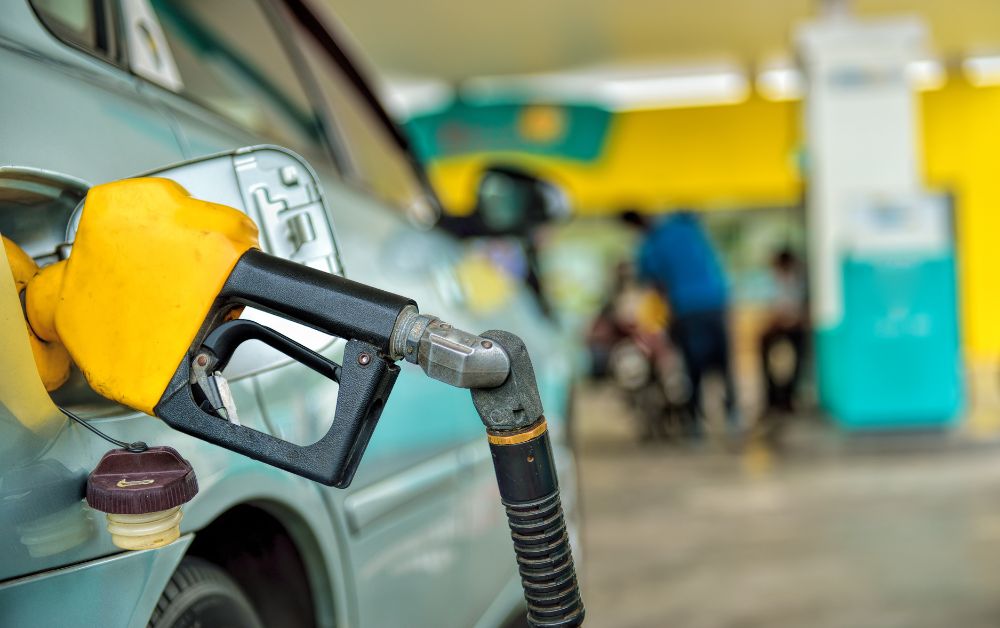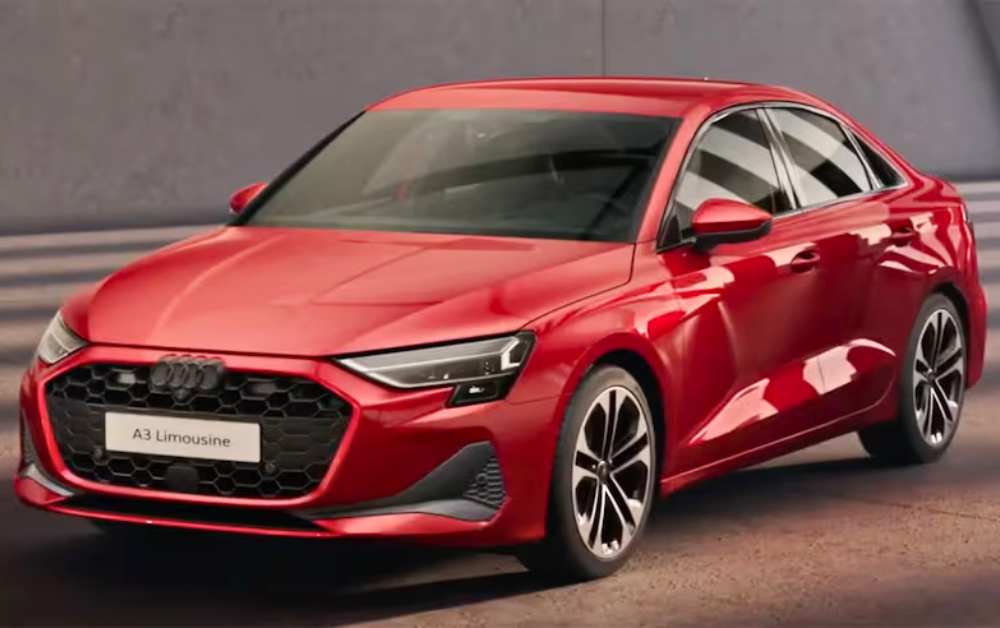Welcome to the forefront of automotive innovation, where Volkswagen’s bidirectional charging technology is reshaping the landscape of electric vehicles. In this exclusive exploration, we delve into the groundbreaking concept of Vehicle-to-Home (V2H) charging, a revolutionary feature activated by VW in select electric models.
As the automotive industry continues its quest for sustainable energy solutions, VW’s bidirectional charging unveils a promising future, offering a glimpse into the potential of storing and harnessing electricity in ways that could redefine the relationship between electric vehicles and our homes.
Volkswagen (VW) has ushered in a new era with the activation of bidirectional charging in select electric models, introducing a groundbreaking feature that promises to redefine the electric vehicle (EV) landscape. The focus here is on Vehicle-to-Home (V2H) charging, a concept gaining traction in the automotive industry.
Power Unleashed: VW’s Bidirectional Charging in Action
V2H charging, while technically feasible today, faces the challenge of becoming mainstream. VW, however, has taken a significant step forward by activating bidirectional charging in some of its electric models. Remarkably, vehicles equipped with a 77-kWh battery and Software 3.5, currently available in Europe, are at the forefront of this innovation.
Storing Tomorrow’s Energy Today
The V2H charging technology, when paired with a specially wired home energy system, empowers VW vehicles to store and dispense up to two days’ worth of electricity as needed. Despite this exciting leap, the adoption of home energy systems compatible with V2H charging remains limited, suggesting that it may take some time before it becomes a mainstream component of EV ownership.
VW’s Bidirectional Charging Journey
Volkswagen’s journey with bidirectional charging has been marked by enthusiasm and anticipation. The automaker has recently activated this feature through an over-the-air update, unlocking the potential for storing energy during off-peak hours and utilizing it strategically without relying solely on the grid. Bidirectional charging also opens doors to harnessing solar energy generated at home.
“The vehicle is activated by the home power station when the home storage system requires additional energy,” explains the automaker. “As soon as the home storage system is recharged, the vehicle stops transferring energy and goes into standby mode.”
Unveiling the Potential Amidst Challenges
While VW’s bidirectional charging offers remarkable benefits, several considerations come into play. Firstly, this feature is available in all new models equipped with the 77-kWh battery, ensuring a minimum state of charge to prevent inconvenience. Additionally, Software 3.5 or higher is a prerequisite. Home wiring compatibility, limited availability in Europe, and absence in North America add to the complexity.
VW’s European competitors are also actively developing home energy solutions, signaling a broader industry trend.
The Road Ahead: Challenges and Opportunities
The journey into V2H charging is in its early days, and the practicality and affordability for most EV owners are still evolving. While some enthusiasts envision a future where EV batteries seamlessly integrate into solar home energy storage systems, the current reality involves strategic choices, prioritizing home energy efficiency over vehicle range.
VW’s partnership with HagerEnergy GmbH in a European pilot project demonstrates a step toward integration, offering customers an integrated Home Energy Management System (HEMS).
As the automotive industry navigates the early days of V2H charging, it remains to be seen how this technology will evolve, potentially transforming the way we perceive and utilize energy in the electric vehicle era.
Summary
In the evolving narrative of electric mobility, Volkswagen’s bidirectional charging stands as a testament to the industry’s commitment to progress. As we navigate the early days of V2H charging, challenges and opportunities emerge, paving the way for a future where electric vehicles seamlessly integrate with home energy systems. While VW leads the charge, it’s evident that we’re on the cusp of transformative change. As the automotive world explores the untapped potential of bidirectional charging, the journey toward a more sustainable and interconnected future continues, with VW’s innovative strides setting the stage for what lies ahead in the dynamic realm of electric mobility.










